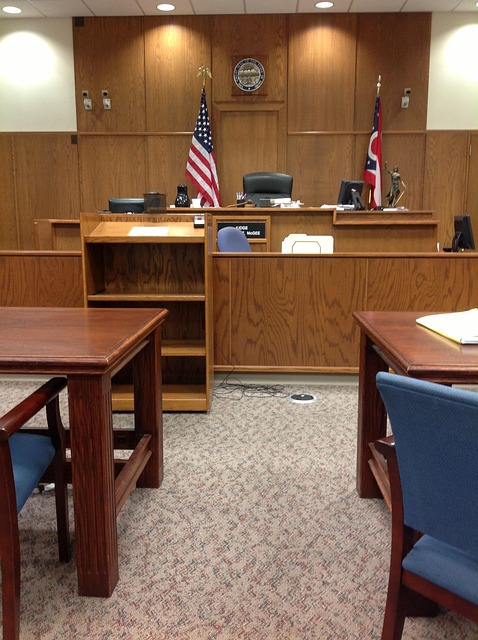In personal injury cases, swift action is key. Documenting physical injuries with clear photos and detailing medical treatments received is essential, providing irrefutable proof and aiding in reconstructing event sequences. For slip and fall cases, capturing video footage of hazardous conditions strengthens claims during insurance disputes. Gathering diverse evidence, including photos, videos, and medical records, significantly enhances the chances of a successful case outcome, especially in complex cases like truck accidents or nursing home abuse cases. Prompt action and complete documentation are crucial for compliance with regulations and securing accident compensation.
In the swift pace of personal injury claims, gathering robust evidence is paramount for a successful case. This concise guide equips you with strategies to swiftly collect and preserve critical personal injury evidence, ensuring your claim’s strength. From immediate documentation of physical injuries to securing digital clues and witness testimonies, learn how to navigate the process efficiently. Maximize your chances of justice by embracing modern tools and techniques in this evolving legal landscape.
- Rapid Documentation of Physical Injuries
- – The importance of immediate documentation
- – Types of evidence to capture (photos, videos, medical records)
Rapid Documentation of Physical Injuries

In the immediate aftermath of a personal injury incident, swift action is key to gathering robust evidence that can support your case. The first step is the rapid documentation of any physical injuries sustained. This involves taking clear and detailed photos of wounds, bruises, or other visible marks, ensuring they are well-lit and from various angles. Additionally, documenting any medical treatments received immediately after the incident, including hospital records and prescriptions, forms a crucial part of personal injury evidence.
For instances like slip and fall cases, capturing video footage of the hazardous condition that led to the accident can significantly strengthen your claim during wrongful death claims or insurance coverage disputes. This visual evidence not only serves as irrefutable proof but also helps in reconstructing the sequence of events, which is vital for building a compelling case.
– The importance of immediate documentation

Immediate documentation is paramount in personal injury cases to establish a robust evidentiary foundation. The moment an incident occurs—whether it’s a car accident, slip and fall, or instances of nursing home abuse or neglect—is critical. Witnesses should be interviewed, photographs taken, and medical records collected as swiftly as possible. This initial documentation acts as the cornerstone of your case, providing clear timelines and details that can significantly impact the outcome.
In cases like commercial disputes, where evidence must be preserved and regulations followed, prompt action ensures compliance with legal requirements. It also helps to prevent crucial details from being overlooked or lost over time. Therefore, it’s advisable to have a plan in place for gathering evidence right after an injury or incident occurs to ensure your case has the best possible chance of success.
– Types of evidence to capture (photos, videos, medical records)

When gathering personal injury evidence, it’s crucial to capture a comprehensive range of materials that can strengthen your case and help secure accident compensation. Photos and videos are invaluable tools; they provide visual proof of injuries, accidents, or damage, which can be instrumental in demonstrating liability. For instance, images of physical wounds, crash sites, or faulty equipment can serve as powerful evidence in personal injury cases, including those involving nursing home abuse where the victim’s injuries might not be immediately apparent.
In addition to visuals, medical records are another critical component. These documents offer detailed accounts of diagnoses, treatments, and prognoses, highlighting the extent of an individual’s injuries and their impact on daily life. For a truck accident attorney handling complex cases, having complete medical records can significantly expedite the process and improve the chances of a favorable outcome.
Gathering strong personal injury evidence quickly is paramount for a successful claim. By promptly documenting physical injuries through photos, videos, and medical records, you ensure a comprehensive record that can significantly enhance your case. Act swiftly to preserve this evidence, as timeliness is crucial in personal injury cases, and it may be the difference between a favorable outcome and an unsuccessful claim.






